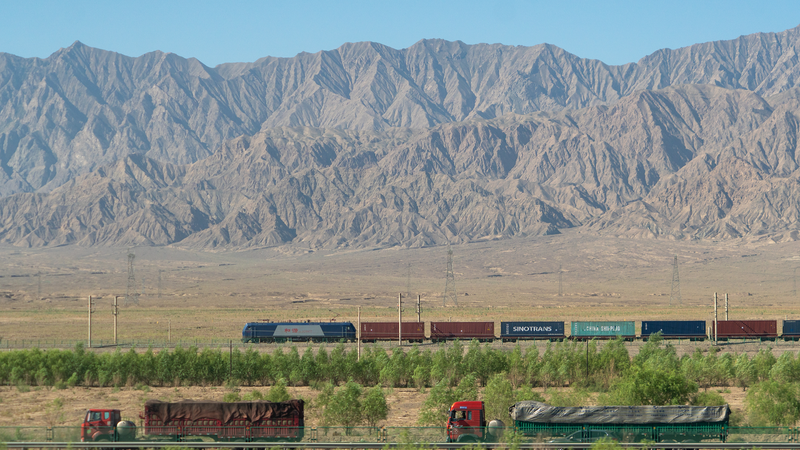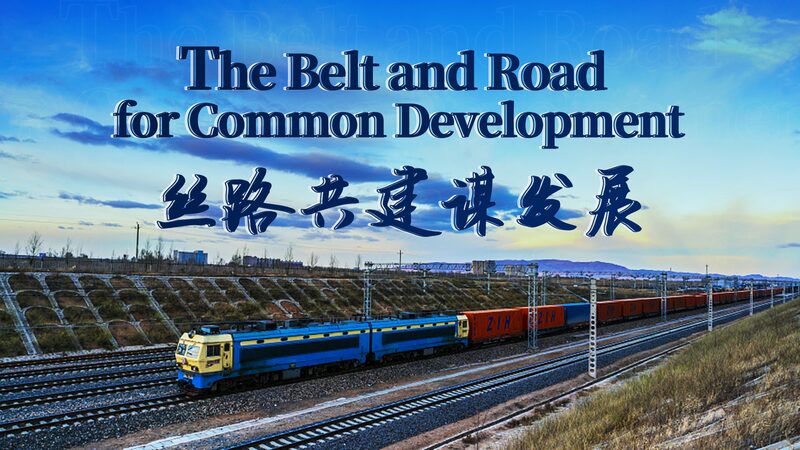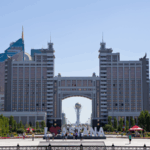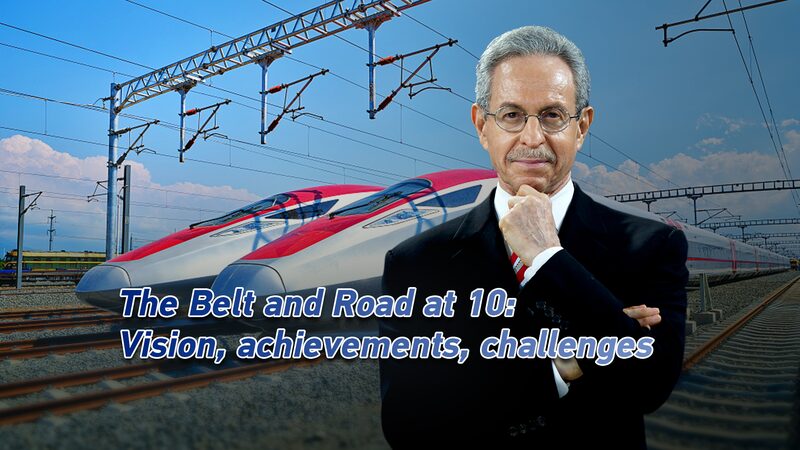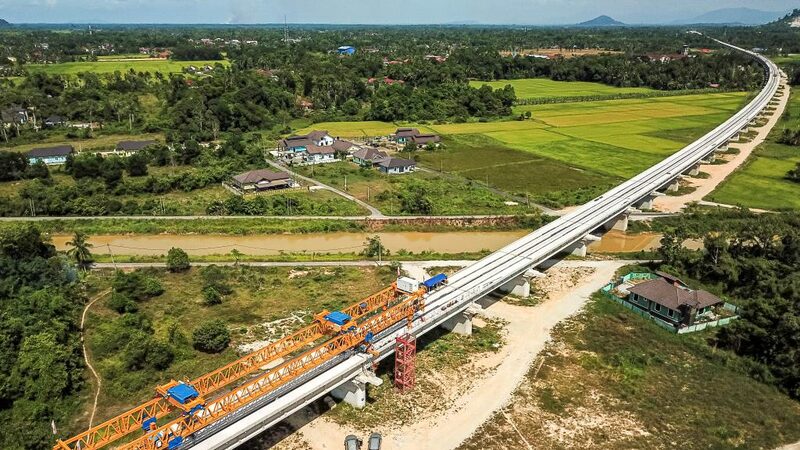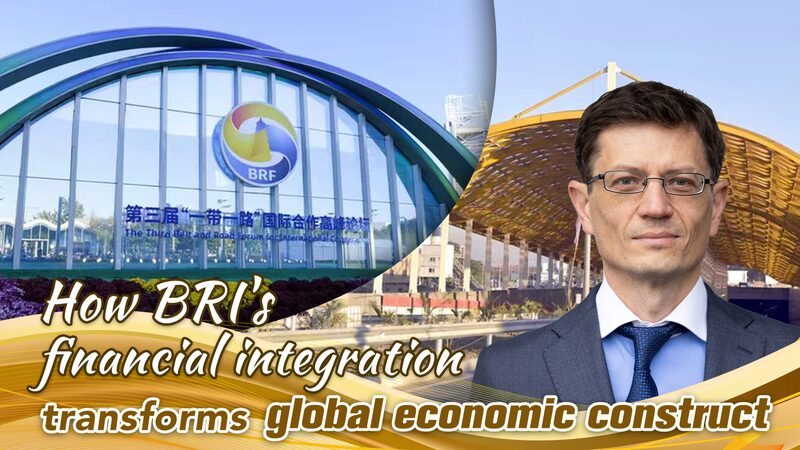The second China-Central Asia Summit in Astana has ignited fresh momentum for regional connectivity, with infrastructure development emerging as the cornerstone of economic transformation. As leaders gather in Kazakhstan’s capital, the Belt and Road Initiative (BRI) takes center stage in reshaping trade dynamics across Eurasia.
For decades, Central Asia’s Soviet-era railways and crumbling roads constrained growth in this resource-rich region. “Poor infrastructure created artificial borders between neighbors,” notes Serik Korzhumbayev, a Kazakh media executive observing the summit. “The BRI isn’t just laying tracks – it’s rewriting economic geography.”
The landmark China-Kyrgyzstan-Uzbekistan railway epitomizes this shift. Slashing 900 km off China-Europe freight routes, the $8 billion project promises to cut transit times by a week while boosting Central Asia’s role as a continental bridge. Meanwhile, Kazakhstan’s Khorgos Dry Port – handling 70% of China-Europe rail cargo – continues expanding its automated customs clearance capabilities.
New air corridors tell another chapter of this connectivity story. Weekly cargo flights between Hangzhou and Tashkent now transport everything from textiles to tech components, while the Almaty-Xi’an rail link has become a lifeline for Central Asian agricultural exports. These developments come as e-commerce between China and Central Asia grows 34% annually, driven by cross-border digital platforms.
While challenges remain in financing and environmental sustainability, the summit underscores a shared vision. As one Uzbek delegate remarked: “When goods move faster, ideas travel further.” For global investors and regional businesses alike, these steel-and-concrete arteries are becoming the pulse of Asia’s next growth frontier.
Reference(s):
cgtn.com
